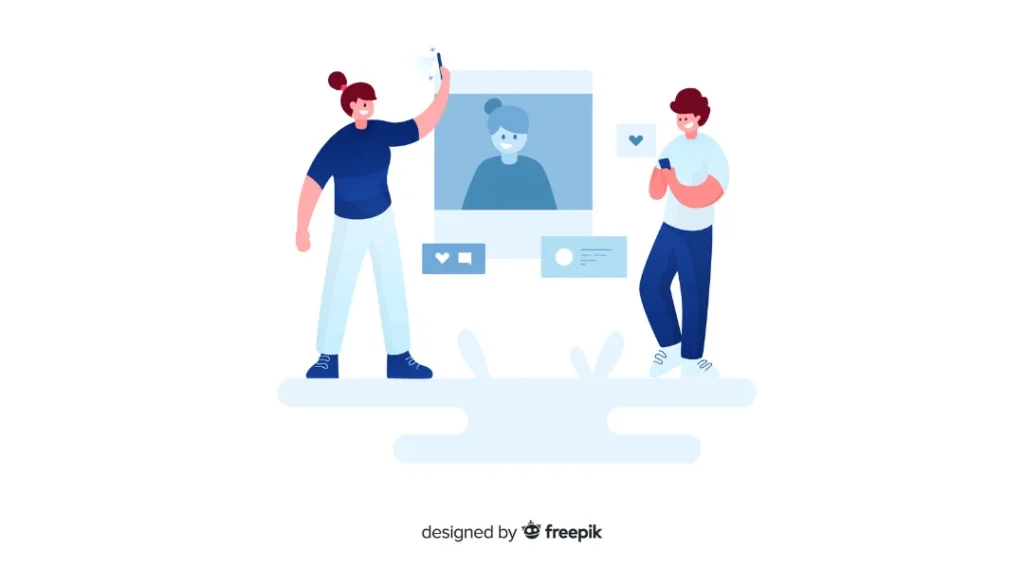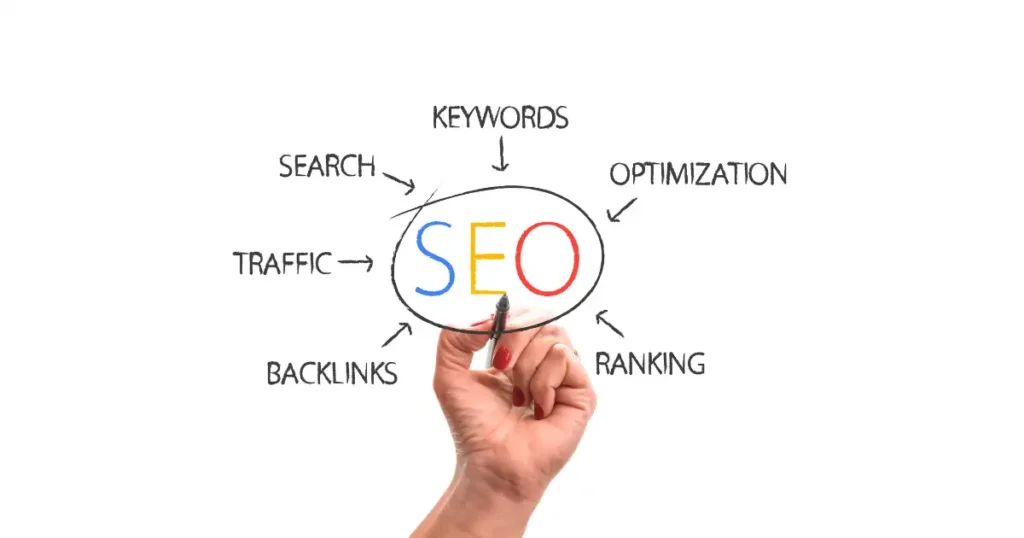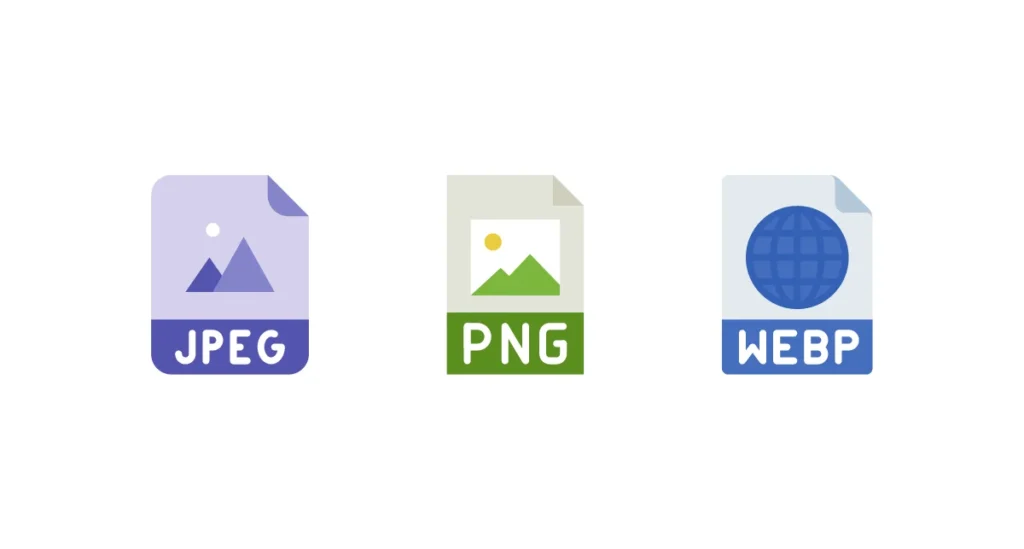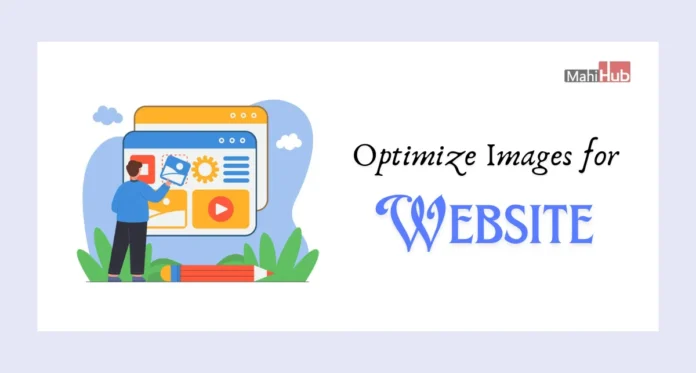Learn how to optimize image size for website to improve SEO, enhance user experience, and boost loading speeds. Discover effective techniques and tools now!
Optimizing images leads to faster loading times, better SEO rankings, and an enhanced user experience. Save on bandwidth costs and keep visitors engaged with a smooth, speedy website.
Learn the best practices for image optimization and boost your website’s performance today. Click to read the full guide!
What is Image Optimization?
Image optimization is the process of reducing the file size of your images without compromising their quality.
This is done to ensure that the images load quickly on your website, which helps provide a better user experience and improves your site’s search engine performance.
Why is Image Optimization Important?
How to Optimize Image Size for Website: Optimizing your images is crucial for several reasons.
First, it significantly reduces the loading times of your web pages, which is vital for keeping visitors engaged and reducing bounce rates.

Second, smaller file sizes mean less bandwidth usage, saving server costs and making your site more efficient.
Lastly, search engines favor websites with faster loading speeds, so optimized images can help improve your site’s SEO.
Is Image Optimization Important for SEO?

Yes, image optimization is important for SEO. Search engines like Google prioritize websites that load quickly and offer a good user experience.
Optimized images contribute to faster loading times, which can improve your site’s ranking.
Additionally, properly optimized images with relevant alt text can help your site rank better in image searches.
How to Optimize Image Size for Website: 4 Ways
1. Use the Right Image File Type
How to Optimize Image Size for Website: Choosing the correct image file type is the first step in optimizing your images for the web. JPEG, PNG, and WebP are the most commonly used formats.

JPEGs
- Great for photographs and images with many colors
- Support lossy compression
- Significantly reduce file size
PNGs
- Better for images that require transparency
- Offer higher quality
- Tend to have larger file sizes
WebP
- Modern format
- Offers superior compression and quality
- Excellent choice for optimizing images for the web
2. Compress and Resize Your Images
Before uploading images to your site, it’s essential to compress and resize them. Tools like Pixelied, TinyPNG, and ImageOptim allow you to reduce the file size of your images without losing much quality.
Compressing images reduces their file size, making them load faster. Resizing images to the dimensions they will be displayed at also helps in reducing file size and improving loading times.
3. Use Image Optimization Tools
How to Optimize Image Size for Website: There are several image optimization tools and plugins available that can automate the process of optimizing images for the web.
WordPress users can benefit from plugins like Smush, ShortPixel, and Imagify, which automatically compress and optimize images upon upload.
These image optimization plugins make it easier to maintain a website with optimized images consistently.
4. Leverage Browser Caching and Content Delivery Networks (CDNs)
Implementing browser caching and using a CDN can further enhance the performance of your website images.
Browser caching allows frequently used resources, like images, to be stored locally in a user’s browser. This means that the next time a user visits your site, the images will load faster.
A CDN distributes your images across multiple servers worldwide, ensuring that users can download them from the closest server, thus improving loading times.
Conclusion
How to Optimize Image Size for Website: Optimizing your images for the web is an essential aspect of maintaining a fast, user-friendly website.
By choosing the right file types, compressing and resizing your images, using image optimization tools, and leveraging browser caching and CDNs, you can significantly enhance your site’s performance.
How to Optimize Image Size for Website: These practices not only improve user experience but also boost your SEO efforts, helping your website rank higher on search engines.
Frequently Asked Questions(FAQs)
How do I optimize an image for a website?
To optimize an image for a website, start by selecting the appropriate file type (JPEG, PNG, or WebP), then compress and resize the image using tools like Adobe Photoshop or online services like Pixelied.
Additionally, use image optimization plugins if your site runs on a platform like WordPress.
How do I get high-quality images on my website?
To get high-quality images on your website while keeping them optimized, use lossy compression techniques to reduce file size without a noticeable loss in quality.
Tools like ImageOptim or Photoshop can help you achieve a balance between image quality and file size.
What is the most optimized image format for the web?
WebP is considered the most optimized image format for the web due to its ability to provide superior compression while maintaining high quality.
It offers both lossy and lossless compression, making it versatile for various image types.
Why is it important to optimize images for websites?
Optimizing images for websites is important because it improves page loading time, enhances user experience, and can positively impact your SEO.
Faster loading times reduce bounce rates and increase the likelihood of visitors staying on your site longer.


